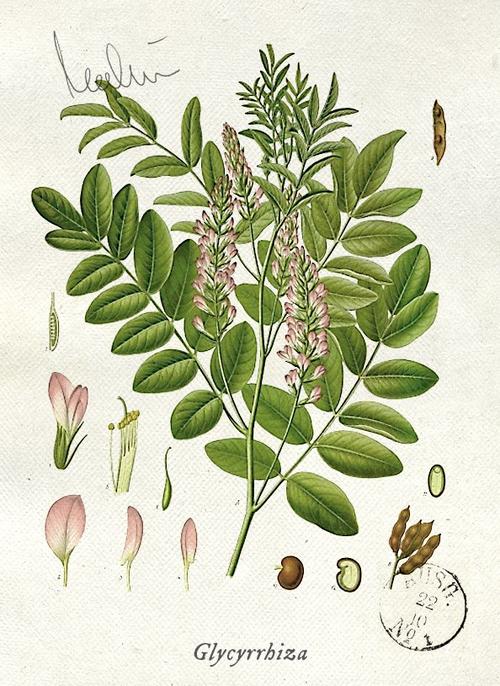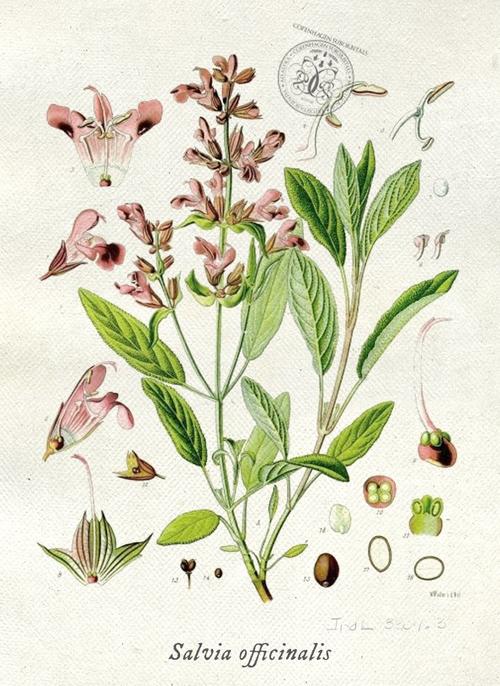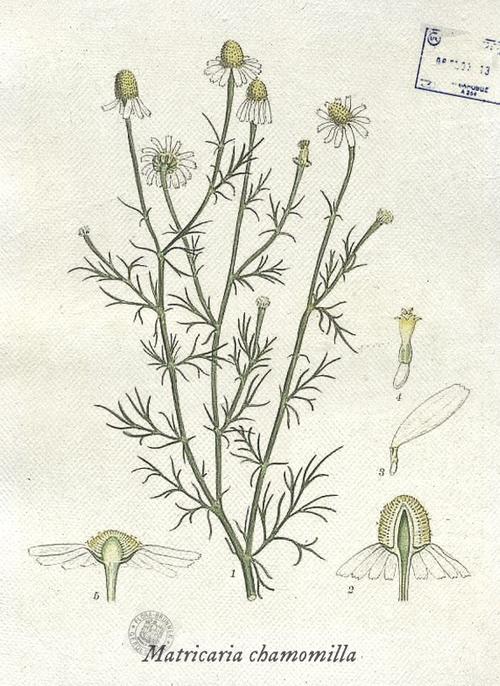Mint - Mentha
Soothing to the stomach

Hailing from the Lamiaceae family, virtually all types of mint thrive in the humid climes of the northern hemisphere’s temperate regions. These aromatic, herbaceous perennials produce subterranean runners or rhizomes and typically feature simple or branched trichomes. Their leaves grow opposite to one another and are serrated around the edge. While botanists differentiate between numerous types of mint, those most commonly found in domestic herb gardens and include ...




















